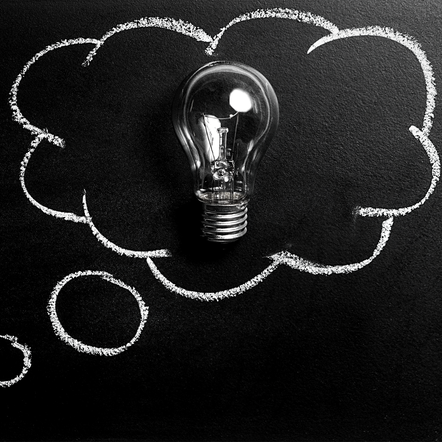
In recent years, general relativity and gravitational-wave astronomy have emerged both as active fields of research and as popular topics in physics classrooms. Teachers can choose from an increasing number of modern instructional models to introduce students to relativistic ideas. However, the true potential of an instructional model can only be unleashed if teachers know about its scope and limitations and how the model relates to key concepts of the theory.
General relativity is a conceptually rich theory and many relativistic concepts entail subtleties that often elude non-experts. Building on the recent introduction of a digital warped-time model, our new paper identifies three potentially confusing concepts in general relativity. We present three pedagogical pathways to address these concepts and supplement our considerations with quantitative treatments accessible at the upper secondary school level.
By interlacing pedagogical and content-specific perspectives, we aim to support teachers who wish to deepen their knowledge of relativistic phenomena. At the same time, we offer specific instructional strategies to make successful use of the warped-time model. Our perspectives contribute to an on-going re-evaluation of practices in modern physics education that can offer new impetus to the physics teaching community beyond the learning domain of relativity.





Write a comment